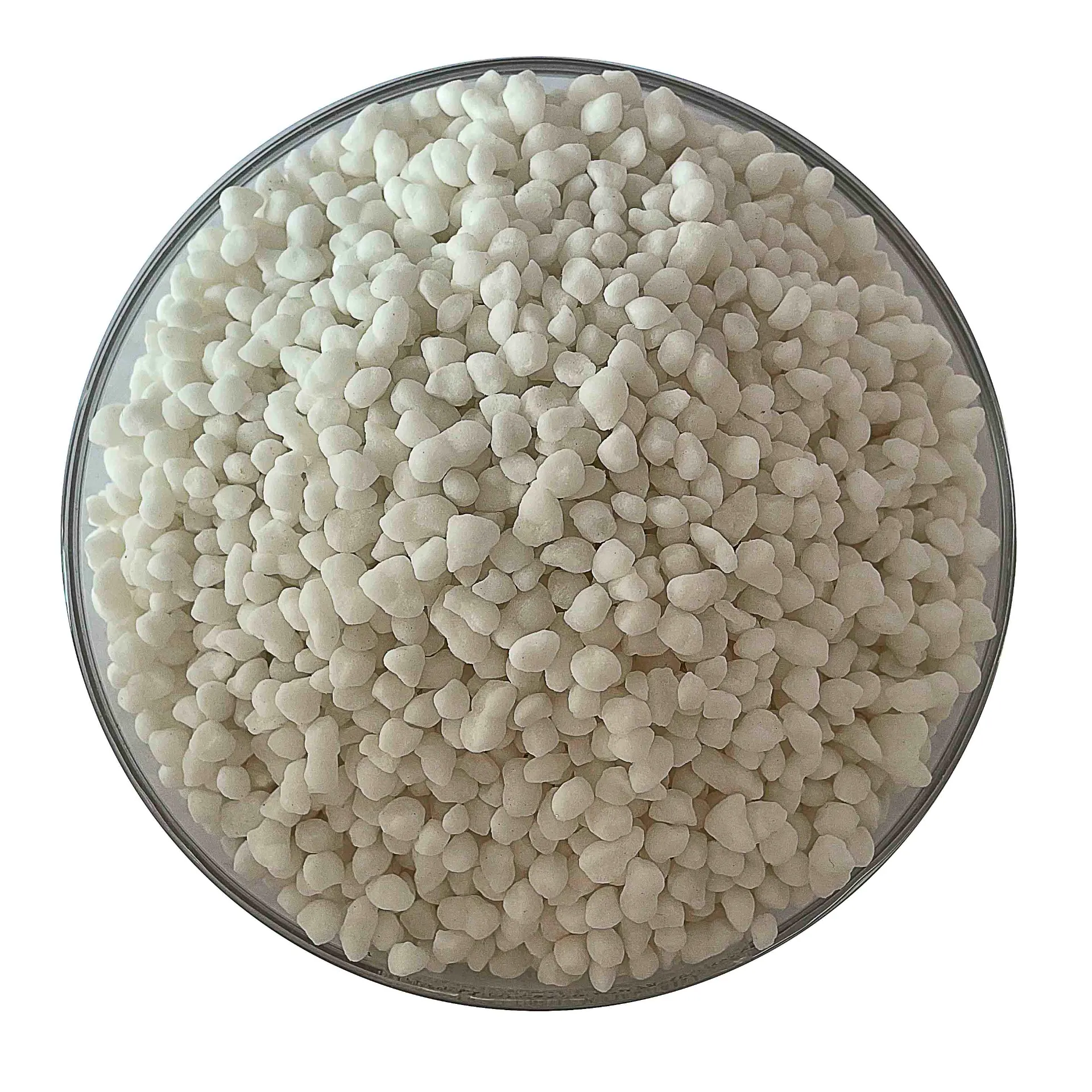
12 月 . 14, 2024 10:43 Back to list
urea nitrogen fertilizer
Understanding Urea Nitrogen Fertilizer A Key to Agricultural Success
Urea nitrogen fertilizer is one of the most widely used nitrogen sources in agriculture today, playing a critical role in enhancing crop yields and ensuring food security. Its relevance in modern farming cannot be understated, as it provides essential nutrients required for plant growth and development.
What is Urea Nitrogen Fertilizer?
Urea (chemical formula CO(NH₂)₂) is an organic compound that contains 46% nitrogen by weight, making it one of the most concentrated nitrogen fertilizers available. This high nitrogen content means that farmers can use smaller quantities to achieve the desired nutrient levels in the soil, which is not only cost-effective but also efficient in terms of transportation and storage.
When urea is applied to the soil, it undergoes a biochemical transformation, converted into ammonium (NH4+) and then into nitrate (NO3-), which plants can readily absorb. This transformation is facilitated by soil bacteria, a process that can take several days to weeks depending on environmental conditions such as moisture, temperature, and microbial activity.
Importance of Nitrogen in Agriculture
Nitrogen is a crucial macronutrient for plants, involved in various physiological functions. It is a key component of amino acids, the building blocks of proteins, and is essential for the synthesis of chlorophyll, the green pigment responsible for photosynthesis. Adequate nitrogen levels promote vigorous growth, enhance fruit and vegetable quality, and ultimately contribute to higher crop yields. In many agricultural systems, nitrogen is often the limiting nutrient, meaning that its availability directly influences productivity.
Benefits of Urea Nitrogen Fertilizer
urea nitrogen fertilizer

2. Cost-Effectiveness Urea is usually less expensive per unit of nitrogen compared to other nitrogen fertilizers, making it accessible for a wide range of agricultural operations, from small-scale farms to large agribusinesses.
3. Versatile Application Urea can be applied in various ways, including broadcasting, banding, and foliar application. This flexibility allows farmers to tailor their fertilization methods to specific crop requirements and soil conditions.
4. Environmental Benefits When managed properly, urea can contribute to reduced environmental impact compared to other nitrogen sources. Its high nitrogen concentration means less product is needed, which can lead to lower emissions during transportation and application.
Challenges and Considerations
Despite its advantages, the use of urea nitrogen fertilizer comes with challenges that need to be addressed to maximize its benefits and minimize adverse effects. One major concern is nitrogen loss through volatilization, especially when applied to the soil surface in dry conditions. This loss can be mitigated by incorporating urea into the soil or applying it prior to rainfall.
Furthermore, the over-application of urea can lead to nitrogen leaching into groundwater, potentially causing water quality issues and contributing to environmental problems like eutrophication. To minimize these risks, farmers are encouraged to adopt best management practices, including soil testing, precise application techniques, and synchronizing fertilizer application with crop nutrient uptake.
Conclusion
Urea nitrogen fertilizer has become an indispensable tool for farmers striving for efficient and sustainable agricultural practices. Its high nitrogen content, cost-effectiveness, and versatility make it popular across various agricultural systems. However, a balanced approach to its use is critical to enhance crop productivity while safeguarding environmental health. As the global population continues to grow and the demand for food increases, understanding and optimizing urea nitrogen fertilizer usage will be essential in the quest for sustainable agricultural solutions.
-
10 10 10 Fertilizer Organic—Balanced NPK for All Plants
NewsJul.30,2025
-
Premium 10 10 10 Fertilizer Organic for Balanced Plant Growth
NewsJul.29,2025
-
Premium 10 10 10 Fertilizer Organic for Balanced Plant Growth
NewsJul.29,2025
-
Premium 10 10 10 Fertilizer Organic for Balanced Plant Growth
NewsJul.29,2025
-
50 Pound Bags of 13-13-13 Fertilizer for All Plants – Bulk & Organic Options
NewsJul.28,2025
-
High-Efficiency 15-30-15 Granular Fertilizer for Healthy Crops
NewsJul.28,2025
